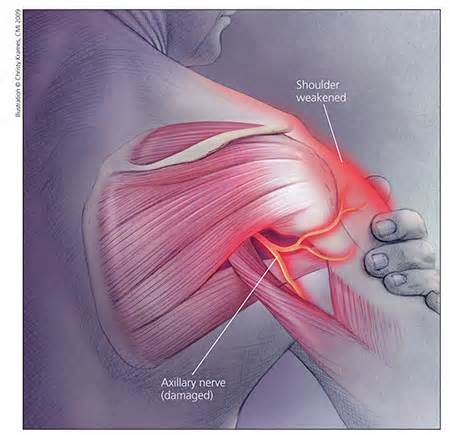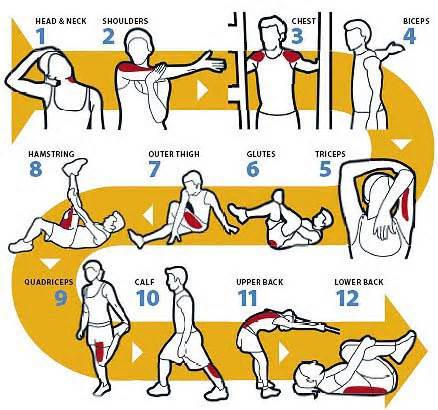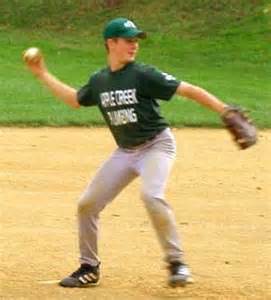Baseball Pitching - Before & After
We all acknowledge Baseball Pitching, which requires throwing overhand is an unnatural body function and subjects the body to the increased risk of injury. So how do we prevent these injuries?
There is no one answer for preventing pitching injuries because there are so many types and reasons for arm, shoulder and elbow injury, but we can utilize proven methods which help prevent certain types of injuries.
One such method is to have your pitchers throw the “Day Before” and the “Day After” their normal pitching assignment. That probably comes as a surprise because traditional wisdom discouraged throwing before and after a pitching assignment. Here’s the logic behind this training method.

Baseball Pitching
Shoulder Areas Prone To Injury, Not All Inclusive
The first issue is there is a huge difference between “Throwing” and “Pitching“. We are talking throwing only.
1. The day after a pitching assignment the muscles are sore and stiff, which is a natural body response to extreme stress on muscles. These muscles must be exercised in order to speed the recovery process.
(a.) Begin by simply playing catch at a short distance with no attempt at velocity, in fact throw the ball in an arc to your target.
(b) As the throwing muscles begin to loosen, increase your distance of throw, but not the velocity except that required to throw the ball farther.
(c.) There is no set number of throws except to say once the player feels loose, which he’ll feel, stop.
In order to increase arm health, the player should perform static stretching exercises which pertain to the rotator cuff, scapular and elbow. This stretching will increase blood circulation to the damaged body tissue and assist in the healing process.
D.O.M.S. or Delayed Onset Muscle Soreness is a common issue where the pitcher feels fine the day after pitching, but becomes sore the second day after pitching.
The only way to prevent this is through strength and endurance training, which should be an ongoing process throughout the entire season anyway. Your pitcher(s) should go through an entire full body workout, doesn’t require extreme weights or excessive exercise, the day “After” pitching.

Baseball Pitching
If your pitchers are consistently sore they need to become stronger or throw more, but most likely a combination would be the best remedy.
We’ve discussed the Day After routines, but what about the Day Before a pitching assignment?
(1.) Cardinal Rule all throwing will be done on flat ground. Never throw off the pitching mound the day before! I can’t make myself any clearer than that.

Throw From Flat Ground Only at Shorten Distances. No Mounds.
(2.) Throwing sessions should not be performed at 100% velocity, 75 - 80% is more than adequate.
(3.) Do not throw from regulation pitching distance. Instead of throwing from 60’ 6” throw from a 45’ to 50’ distance.
The intent of these throwing sessions are to simulate real game conditions, you can practice the windup and the stretch positions, and can work on increasing control issues or developing an off speed pitch such as a Circle-Change.
Break these sessions down into segments of 10 - 15 pitches each, and be sure the pitcher stops and rests between each segment. Closely monitor the session as the intent is to workout any remaining soreness and have the pitcher in a good frame of mind for the next day.
Baseball Pitching to Learn to Pitch

New! Comments
Have your say about what you just read! Leave me a comment in the box below.